Home> Company News> Vintage Treasure: The Story of the 1946 Martin Guitar
- AddressShan Dong Province,China
- Factory AddressShan Dong Province,China
- Phone(Working Time)86-13305315989
- Phone(Nonworking Time)86-13305315989
Vintage Treasure: The Story of the 1946 Martin Guitar
2023-05-08 16:17:35Vintage guitars hold a special place in the hearts of music lovers and musicians alike. They represent a connection to the past, an opportunity to experience the sound and feel of instruments that have been played by some of the greatest musicians in history. The 1946 Martin guitar is one such instrument, revered for its unique sound and design, and its significance in the world of music. In this article, we will explore the history and importance of vintage guitars, as well as the story, sound, and value of the 1946 Martin guitar. Whether you are a musician or a collector, this article will give you a deeper understanding and appreciation for this iconic instrument.

History of Martin Guitars
C.F. Martin & Company, commonly known as Martin guitars, is an American guitar manufacturer founded in 1833 by Christian Frederick Martin. The company is located in Nazareth, Pennsylvania, and is one of the oldest and most reputable guitar manufacturers in the world.
Martin guitars have a long and storied history, and the company has played a significant role in shaping the sound of modern music. From their early days in the 1800s to their current lineup of guitars, Martin has always been at the forefront of innovation and quality.
In the early days of the company, Martin guitars were primarily used by European immigrants who brought their traditional musical styles to the United States. These early Martin guitars were often constructed with Brazilian rosewood, a tonewood that was readily available at the time and had excellent acoustic properties.
Over the years, Martin guitars became increasingly popular among musicians of all genres. In the 1920s and 1930s, Martin introduced several iconic guitar models that are still popular today, including the OM and the dreadnought.
During the 1960s, Martin guitars played a significant role in the folk music revival, and many famous musicians, including Bob Dylan and Joan Baez, played Martin guitars during this time. In the 1970s and 1980s, Martin guitars became increasingly popular among country musicians, and many country music legends, including Johnny Cash and Willie Nelson, played Martin guitars on stage and in the studio.
Today, Martin guitars are still known for their high-quality construction, excellent playability, and exceptional tone. The company continues to innovate and introduce new guitar models, while still paying homage to their rich history and legacy.
The Story of the 1946 Martin Guitar
The 1946 Martin guitar has an interesting and unique story that adds to its appeal and desirability among guitar enthusiasts and collectors. The guitar was produced just after the end of World War II, in a time when Martin guitars were becoming more popular and widely recognized as one of the top acoustic guitar brands in the world.
The 1946 Martin guitar was part of the Martin 00-21 series, which was introduced in the 1930s and was known for its excellent sound quality and craftsmanship. The 00-21 series was popular among musicians of various genres, from folk and country to blues and jazz.
The 1946 Martin guitar is particularly noteworthy for its distinctive design features, including a solid spruce top, solid rosewood back and sides, and a mahogany neck. The top is also braced with scalloped braces, which give the guitar a unique tone and projection that is highly sought after by guitarists.
Another unique feature of the 1946 Martin guitar is its "herringbone" purfling design, which is a decorative feature around the edges of the guitar. This design was a departure from the simpler purfling designs used on earlier Martin guitars and added to the guitar's overall visual appeal.
The 1946 Martin guitar was also produced during a time when there was a shortage of high-quality tonewoods due to the war, which adds to its rarity and desirability among collectors. Despite the challenges of the time, Martin was able to produce guitars of exceptional quality and craftsmanship, which have stood the test of time and continue to be highly prized by musicians and collectors alike.
The 1946 Martin guitar also has a rich history of being played by some of the most influential musicians of the 20th century. From the folk music of Woody Guthrie and Pete Seeger to the country music of Hank Williams Sr. and Johnny Cash, the 1946 Martin guitar has been an important part of many iconic recordings and performances.
Overall, the 1946 Martin guitar is a testament to the quality, craftsmanship, and innovation that has made Martin guitars one of the most respected and revered acoustic guitar brands in the world. Its unique design features, exceptional sound quality, and rich history make it a highly sought-after instrument for collectors and musicians alike.
Sound of the 1946 Martin Guitar
The 1946 Martin guitar is renowned for its exceptional sound quality and tonal balance, which have made it a favorite among musicians for decades. The guitar produces a warm and full-bodied sound, with a rich midrange and a clear and articulate treble. The bass notes are also well-defined and resonate deeply, providing a solid foundation for the music.
Compared to other vintage guitars, the 1946 Martin guitar has a distinctive tone that is instantly recognizable to experienced musicians. The sound is characterized by a certain sweetness and clarity that is hard to find in other instruments. This is partly due to the unique combination of tonewoods used in the guitar's construction, which includes high-quality spruce for the top and solid mahogany for the back and sides.
The sound of the 1946 Martin guitar is well-suited to a wide range of musical styles, from folk and country to blues and rock. The guitar's balanced tone and projection make it ideal for solo performances, while its rich, resonant sound works well in ensemble settings.
Many musicians believe that the sound of a vintage guitar like the 1946 Martin improves over time as the wood ages and the instrument is played more frequently. This is due to the natural aging process of the wood, which allows it to resonate more freely and produce a more complex and nuanced sound. As a result, many vintage Martin guitars are highly sought after by collectors and musicians alike, and can command high prices at auction.
Overall, the sound of the 1946 Martin guitar is a testament to the quality of Martin's craftsmanship and attention to detail. Its exceptional tone and projection have made it a classic instrument that continues to be revered by musicians around the world.
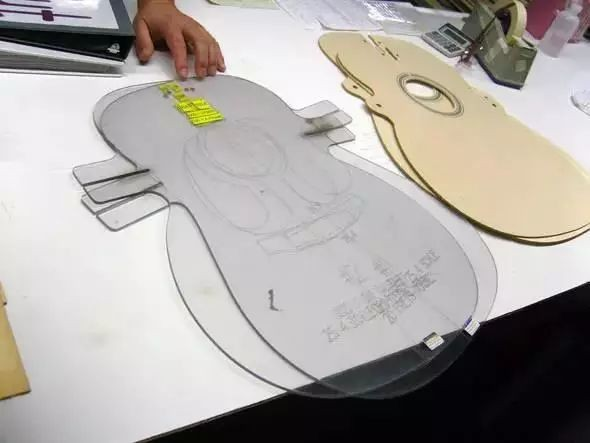
Value and Collectibility of the 1946 Martin Guitar
Vintage guitars have always been an attraction for music enthusiasts, and Martin guitars are no exception. The 1946 Martin guitar is considered to be one of the most sought-after vintage guitars in the world, with a rich history and a distinctive sound that sets it apart from other guitars. In this section, we will explore the value and collectibility of the 1946 Martin guitar, where to find and buy one, and the importance of vintage guitar collection.
The value and collectibility of the 1946 Martin guitar stem from its rarity and unique features. The 1946 Martin guitar was only produced for a limited period, and only a few hundred of these guitars were made. As a result, finding a 1946 Martin guitar in good condition is a rare and valuable opportunity for collectors and guitar enthusiasts. In addition, the 1946 Martin guitar is known for its unique tonal quality, which is attributed to the Adirondack spruce top and scalloped bracing, making it an attractive choice for musicians looking for a vintage instrument with a distinct sound.
Vintage guitar collection is an important aspect of guitar culture, as it allows musicians and enthusiasts to appreciate the rich history and craftsmanship of guitar-making. Vintage guitars, including the 1946 Martin guitar, are not only valuable in terms of their monetary worth but also as cultural artifacts. Owning a vintage guitar is like owning a piece of music history, and it is important to preserve and maintain these instruments for future generations.
If you are looking to add a 1946 Martin guitar to your collection, there are several ways to find and buy one. One option is to search for vintage guitar shops that specialize in Martin guitars. These shops often have a wide selection of vintage guitars, including the 1946 Martin guitar, and can provide expert advice on the condition and value of the instrument. Another option is to attend guitar shows and auctions, where vintage guitars, including the 1946 Martin guitar, are often sold. It is important to research the value and condition of the guitar before purchasing, as vintage guitars can be expensive and require proper care and maintenance.
In conclusion, the 1946 Martin guitar is a rare and valuable vintage guitar with a unique tonal quality and rich history. Collecting vintage guitars, including the 1946 Martin guitar, is an important aspect of guitar culture and allows enthusiasts to appreciate the craftsmanship and cultural significance of these instruments. If you are looking to add a 1946 Martin guitar to your collection, it is important to research and find a reputable source to ensure the value and authenticity of the instrument.
Maintenance and Care of the 1946 Martin Guitar
Owning a vintage guitar, such as the 1946 Martin, requires a great deal of care and maintenance. These instruments have already stood the test of time, but proper maintenance and care can help ensure that they continue to produce beautiful music for years to come.
Here are some tips for cleaning and storing your vintage Martin guitar:
-
Keep it in a case: When not in use, always store your vintage Martin guitar in a hard-shell case. This will protect it from dust, humidity, and temperature changes.
-
Wipe it down after playing: After playing your vintage Martin guitar, wipe it down with a clean, dry cloth to remove any fingerprints, sweat, or oils that may have accumulated on the surface. This will help prevent damage to the finish.
-
Avoid extreme temperatures and humidity: Keep your vintage Martin guitar in a room with stable temperature and humidity levels. Avoid exposing it to direct sunlight, extreme heat or cold, or rapid temperature changes.
-
Use a humidifier: Vintage guitars, especially those made of solid wood, are sensitive to changes in humidity. Using a humidifier inside the guitar case can help prevent cracking, warping, and other damage caused by dry air.
-
Avoid using harsh cleaning products: When cleaning your vintage Martin guitar, avoid using harsh chemicals or cleaning products that could damage the finish or wood. Stick to using a clean, dry cloth or a specially formulated guitar polish.
-
Have it professionally serviced: It's important to have your vintage Martin guitar inspected and serviced by a professional luthier or guitar technician at least once a year. They can identify any potential issues, make any necessary repairs or adjustments, and help ensure that your guitar stays in top condition.
By following these tips, you can help ensure that your 1946 Martin guitar continues to sound great and retain its value for years to come. With proper care and maintenance, a vintage guitar can be a treasure that you can enjoy and pass down to future generations.
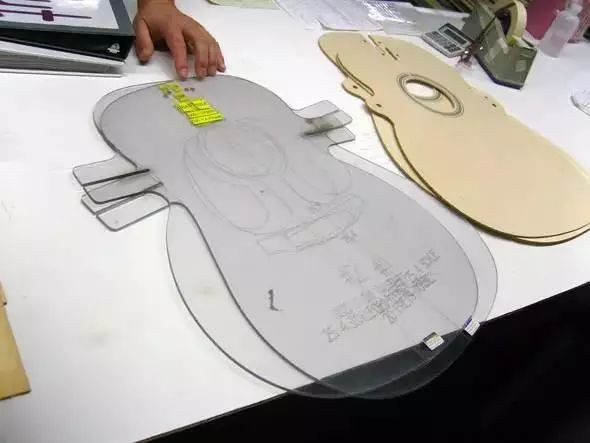
Frequently Asked Questions about the 1946 Martin Guitar
If you are interested in vintage guitars, you might have questions about the 1946 Martin guitar. Here are some common questions that people ask about this particular instrument:
- What makes the 1946 Martin guitar so special?
The 1946 Martin guitar is special for several reasons. It is part of the Martin D-28 line, which is known for its powerful and balanced sound. Additionally, the 1946 model is one of the first guitars that Martin produced after World War II, making it a significant piece of history.
- How much is a 1946 Martin guitar worth?
The value of a 1946 Martin guitar depends on several factors, such as its condition, rarity, and provenance. Generally speaking, a 1946 Martin guitar can be worth anywhere from $10,000 to over $100,000, depending on its specific characteristics.
- Is it possible to find a 1946 Martin guitar for sale?
Yes, it is possible to find a 1946 Martin guitar for sale, but it might take some searching. Vintage guitar shops, auction houses, and online marketplaces are good places to start your search. Keep in mind that a 1946 Martin guitar is a valuable and rare instrument, so it might take some time to find the right one.
- How do I know if a 1946 Martin guitar is authentic?
If you are looking to purchase a 1946 Martin guitar, it is important to verify its authenticity. You can do this by examining the guitar's construction, hardware, and other details. It might also be helpful to consult with a guitar expert or appraiser who is familiar with vintage Martin guitars.
- How should I care for a 1946 Martin guitar?
To keep your 1946 Martin guitar in top condition, it is important to store it in a cool, dry place away from direct sunlight and humidity. You should also clean it regularly with a soft cloth and keep it properly humidified. If you are unsure about how to care for your guitar, you should consult with a guitar technician or luthier.
- Can I play a 1946 Martin guitar, or is it just a collector's item?
While a 1946 Martin guitar is a valuable and rare collector's item, it is also a fully functional musical instrument. Many musicians and collectors enjoy playing vintage guitars because of their unique sound and feel. If you do plan to play your 1946 Martin guitar, it is important to take good care of it and have it regularly maintained by a professional.
- How does the sound of a 1946 Martin guitar compare to modern guitars?
The sound of a 1946 Martin guitar is often described as warm, rich, and full-bodied, with a balanced tone across all strings. While modern guitars can also produce excellent sound, many musicians prefer the character and tonal qualities of vintage instruments like the 1946 Martin guitar.
- Can I get replacement parts for a 1946 Martin guitar?
If you need to replace a part on your 1946 Martin guitar, it might be possible to find authentic vintage parts or reproductions. However, it is important to work with a reputable guitar technician or luthier who is experienced in working with vintage instruments. They can help you find the right parts and make sure that your guitar is properly maintained.
- Are there any famous musicians who played a 1946 Martin guitar?
Yes, there are many famous musicians who have played Martin guitars, including the 1946 model. Some notable examples include Hank Williams, Elvis Presley, and Johnny Cash. These musicians appreciated the unique sound and character of Martin
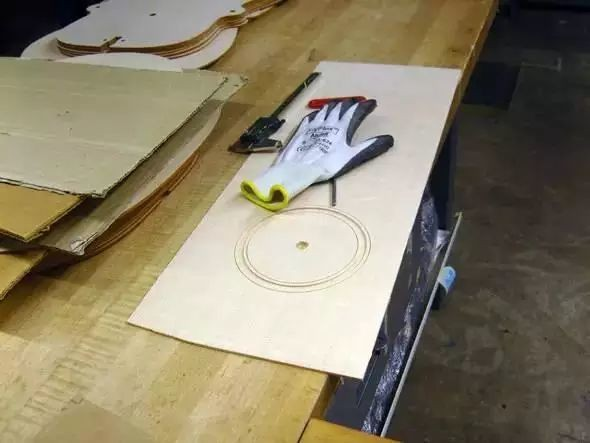
Reviews of the 1946 Martin Guitar
The 1946 Martin guitar is a highly sought-after instrument among collectors and musicians alike. With its rich history and unique sound, it's no surprise that there are many reviews and opinions on this vintage guitar.
One review from Vintage Guitar Magazine praised the 1946 Martin guitar for its "big, balanced, woody sound" and noted that it "sounds like a Martin should." The review also praised the guitar's playability and construction, calling it a "work of art."
Another review from Acoustic Guitar Forum described the 1946 Martin guitar as having a "warm and full-bodied tone" and noted that it "speaks with authority and clarity." The review also praised the guitar's condition, noting that it had been well cared for over the years.
Many musicians and collectors have also shared their opinions on the value and collectibility of the 1946 Martin guitar. Some have noted that the guitar's rarity and historical significance make it a valuable addition to any collection, while others have praised its unique sound and playability.
Overall, the 1946 Martin guitar has received high praise from musicians and experts alike. Its unique sound, construction, and historical significance make it a valuable and highly sought-after instrument. Whether you're a collector or a musician, the 1946 Martin guitar is a true gem in the world of vintage guitars.
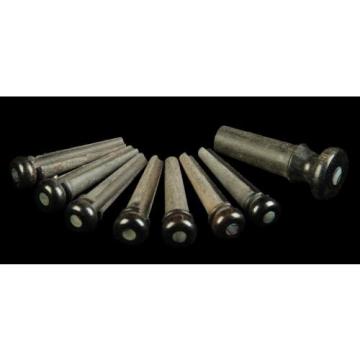 Martin martin guitar strings Acoustic martin d45 Guitar martin guitars Bridge/End martin acoustic guitars Pin martin strings acoustic Set Ebony with Paua Pearl Inlays
Martin martin guitar strings Acoustic martin d45 Guitar martin guitars Bridge/End martin acoustic guitars Pin martin strings acoustic Set Ebony with Paua Pearl Inlays Kind martin guitar accessories Letters guitar martin martin acoustic guitars martin acoustic guitar martin
Kind martin guitar accessories Letters guitar martin martin acoustic guitars martin acoustic guitar martin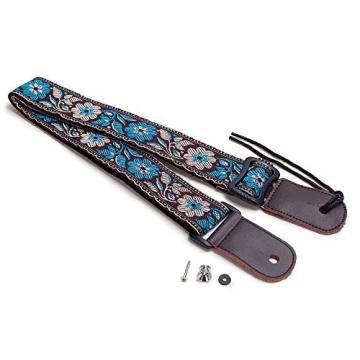 CLOUDMUSIC martin guitar case Colorful acoustic guitar strings martin Hawaiian martin strings acoustic Style martin acoustic guitar strings Cotton martin guitar accessories Ukulele Strap Blue White Flower (Brown)
CLOUDMUSIC martin guitar case Colorful acoustic guitar strings martin Hawaiian martin strings acoustic Style martin acoustic guitar strings Cotton martin guitar accessories Ukulele Strap Blue White Flower (Brown)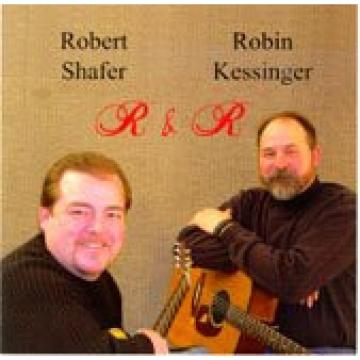 R martin guitars & guitar martin R martin guitar strings acoustic medium audio martin acoustic guitar strings CD martin guitar strings
R martin guitars & guitar martin R martin guitar strings acoustic medium audio martin acoustic guitar strings CD martin guitar strings pf1016-b martin guitar case Martin's martin strings acoustic Guitar martin d45 Lounge martin guitar accessories Beer acoustic guitar martin Bar Pub Room Neon Light Sign
pf1016-b martin guitar case Martin's martin strings acoustic Guitar martin d45 Lounge martin guitar accessories Beer acoustic guitar martin Bar Pub Room Neon Light Sign
